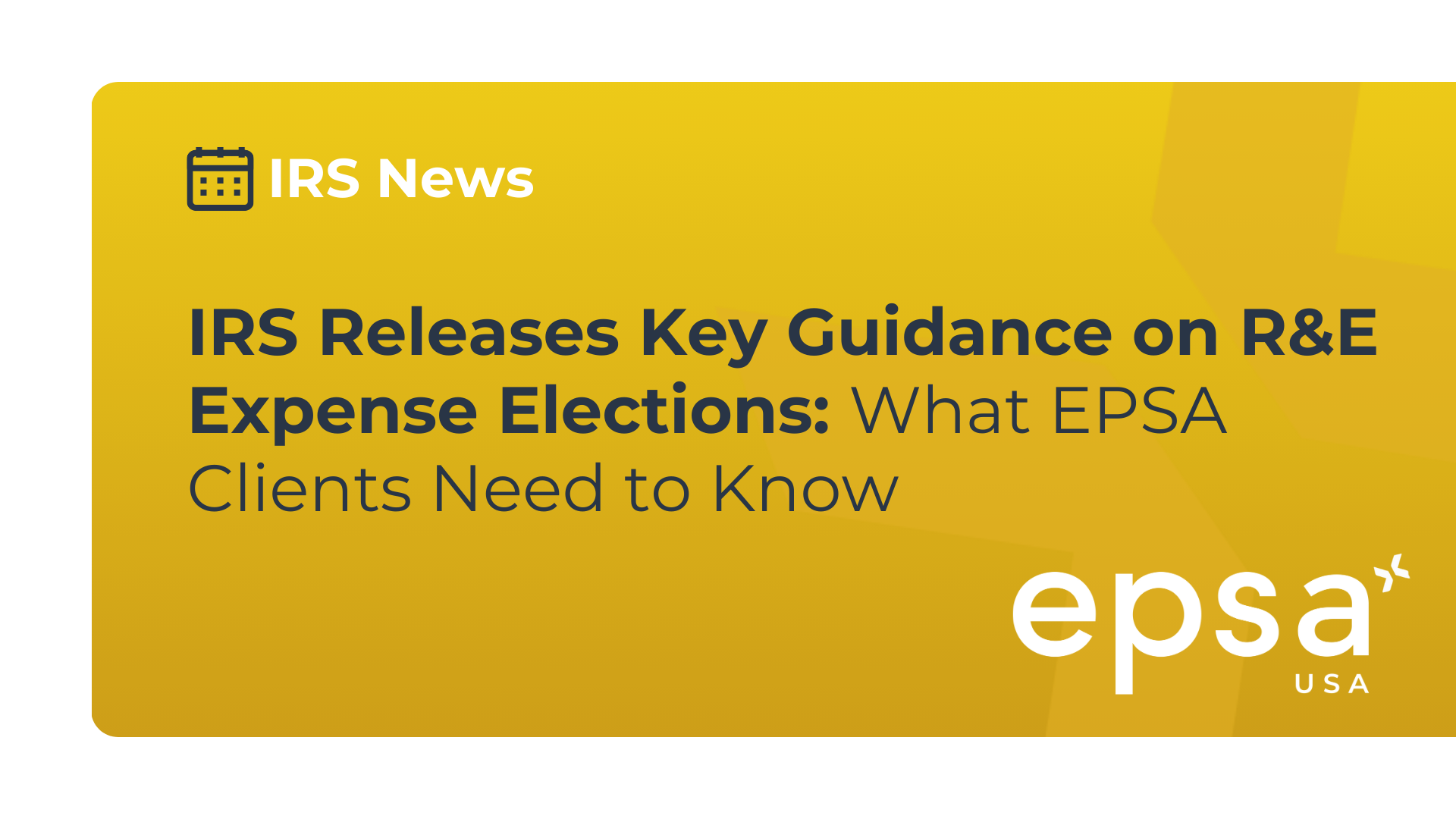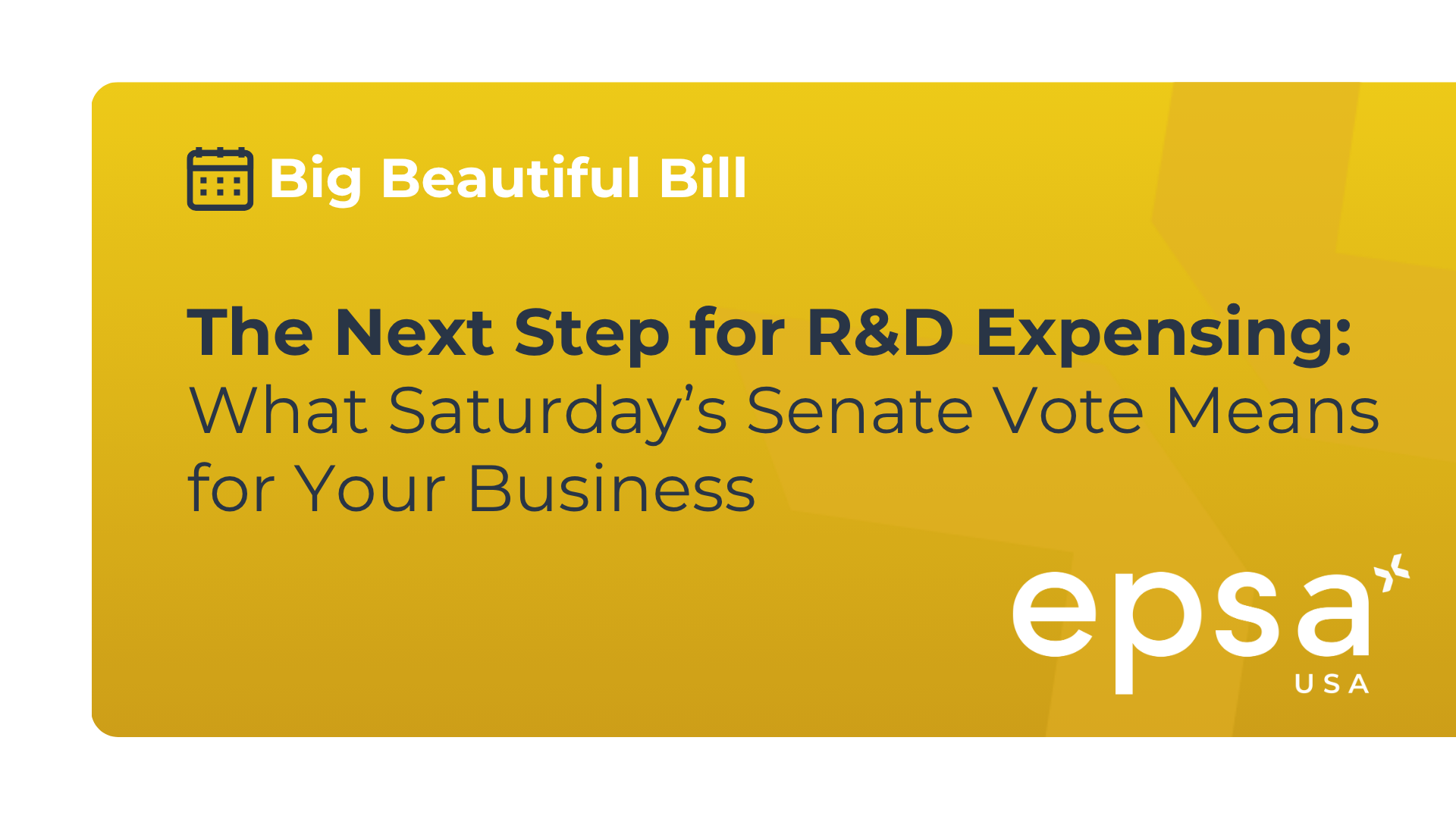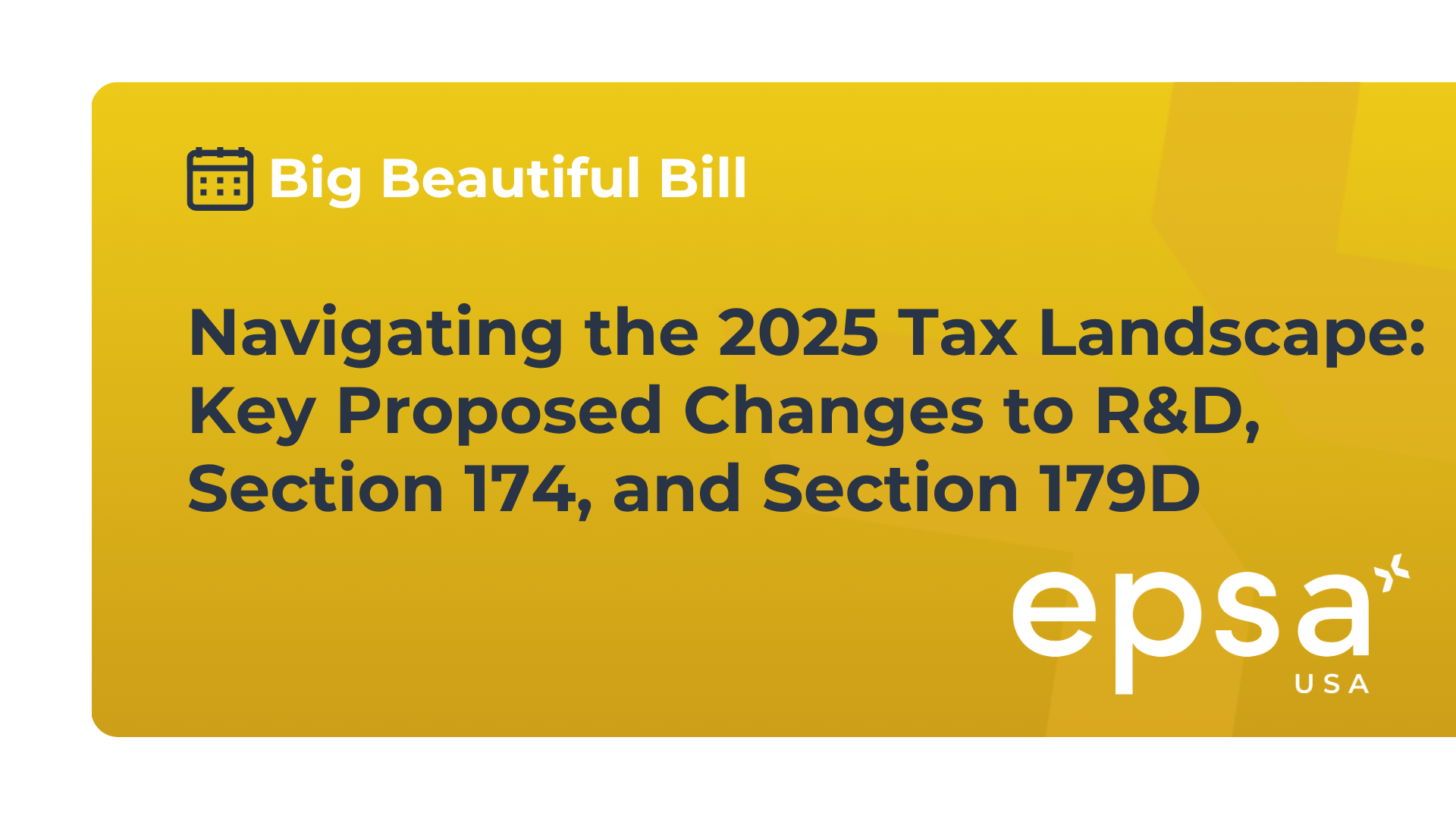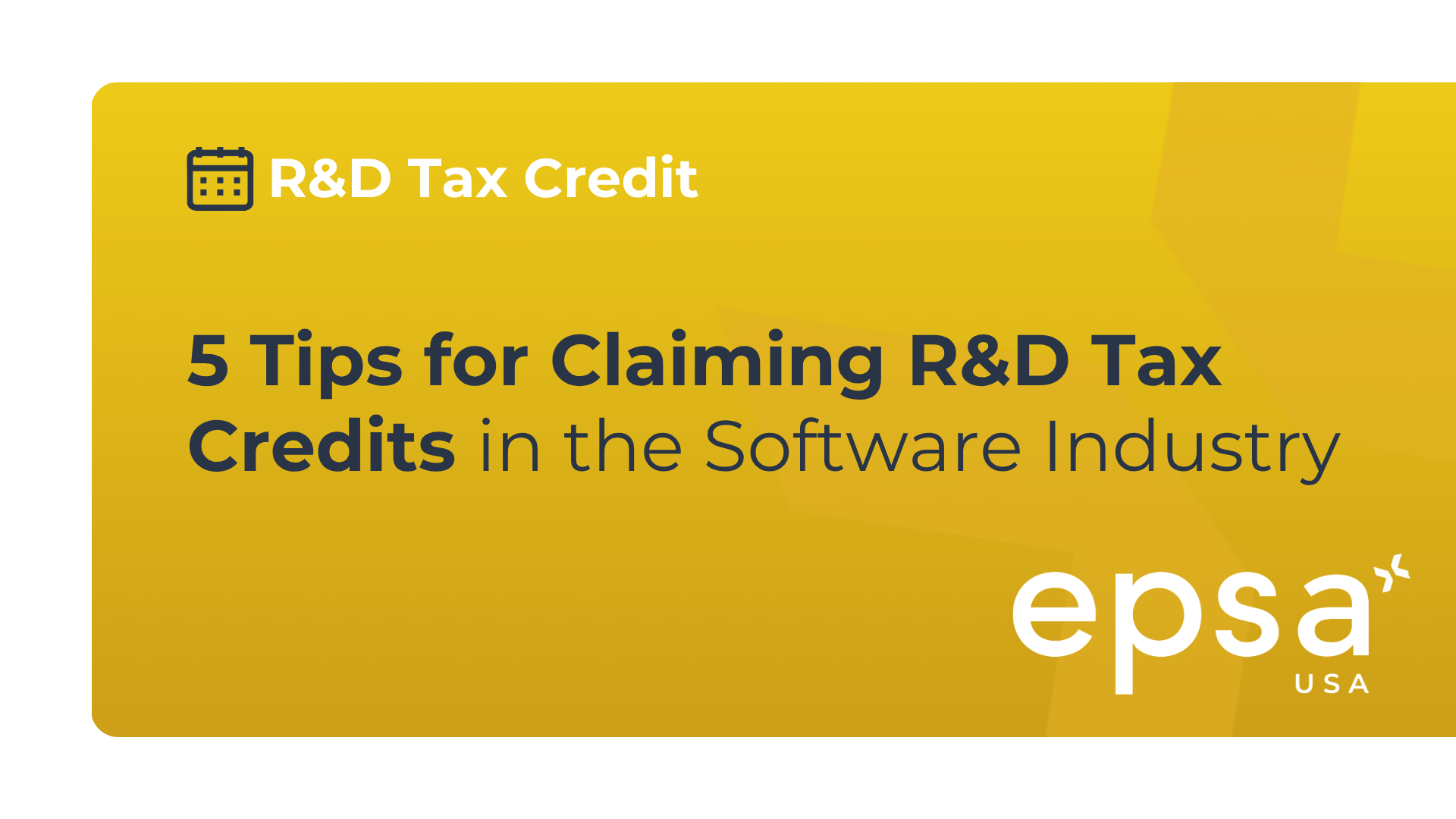Already Claiming the R&D Credit? Here are 3 Things you Could be Missing!

The Research and Development (“R&D”) Tax Credit (formally known as the Credit for Increasing Research Activities) was enacted in 1981 and made permanent in 2015. Because it has been around for so long, a lot of companies are already taking advantage of this incredibly valuable tax benefit. However, in our experience, there are 3 optimization opportunities that companies are often missing when either working with another provider or calculating the credit on their own.
Request assessment of your business1. Direct Support and Direct Supervision Activities
The Internal Revenue Code states that qualified R&D activities include activities of individuals directly engaged in R&D, directly supporting R&D, and directly supervising R&D. However, it can be difficult and more burdensome to capture the time associated with the support and supervision activities, so these are often left out of the credit calculation. The Treasury Regulations specifically list the following activities as examples of direct support and direct supervision:
- Services of a secretary for typing reports describing laboratory results derived from qualified research;
- Services of a laboratory worker for cleaning equipment used in qualified research;
- Services of a clerk for compiling research data;
- Services of a machinist for machining a part of an experimental model used in qualified research;
- Services of a research scientist who directly supervises laboratory experiments, but who may not actually perform experiments.
When applying these examples to the software and technology industry, these examples can be equated to a salesperson gathering requirements from clients during the sales process, an administrative employee assisting in the testing process, and a President/CEO participating in development meetings.
2. Contractor Expenses
Another expense that is often underrepresented is expenses for contractor activities. According to the Internal Revenue Code, contract research expenses are expenses paid to an individual, other than an employee of the taxpayer, for qualified research. This means that amounts paid for individuals performing R&D efforts on behalf of the taxpayer can (potentially) be included. One caveat to this is that you need to ensure the funding exclusion is evaluated before including the expenses.
What’s a funding exclusion you ask?! GREAT QUESTION! We’ll have more to come on this soon, but basically it’s an exclusion in the Internal Revenue Code that makes sure two parties cannot claim a tax credit for the same activity. When applied in the contractor context, it means that if a taxpayer is trying to include contractor expenses for R&D activities, the taxpayer must have paid the contractor on an hourly basis to include those expenses. Otherwise, the contractor him/herself would be eligible for the credit.
If the contractor is simply performing testing or other non-R&D services but the services are tied to the process of experimentation, the contractor expenses can be included regardless of the fee structure.
Another item to keep in mind when evaluating contractor expenses is that the R&D credit is an activities-based credit – meaning that the expenses must be for work performed in the United States.
How does this apply to your company? With this new age of remote work and the struggle to find employees, contractor expenses are becoming increasingly more common, especially in the software and technology industry. Therefore, it is incredibly important to ensure you are evaluating all contractor expenses and including only eligible expenses in the R&D credit calculation.
3. Cloud Hosting Expenses
As mentioned previously, the R&D Credit was enacted in 1981 when very large and very expensive computers were still being rented by companies. To help companies recoup some of these costs, Congress included expenses for costs paid or incurred for the right to use computers in the conduct of qualified research.
More recently, this cost has been interpreted to include cloud-hosting expenses related to R&D efforts. The key to including this expense is ensuring that R&D efforts are tied to the cloud-hosting expense that is included in the calculation. This can be done by using a reasonable estimate of time all employees spent performing R&D efforts using the cloud-hosting service. We have also had clients keep track of R&D efforts performed using the cloud-hosting service in their time-keeping system. Either way is permissible – it is just important that it is as accurate as possible!
Because security has become such a hot-button topic and a lot of companies no longer have a central headquarters, cloud-hosting expenses are increasing exponentially across the entire software and technology industry. Make sure you are including these expenses when calculating your R&D credit!
We have numerous clients that were either working with another provider or were calculating the credit on their own. In most cases, while ensuring we are conservative and only capturing expenses that are permissible using recent case law, we have been able to optimize the credit for one of the reasons listed above. If you’d like to learn more about our process feel free to visit our website or contact us directly to request an initial assessment!
Share this article



